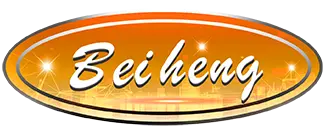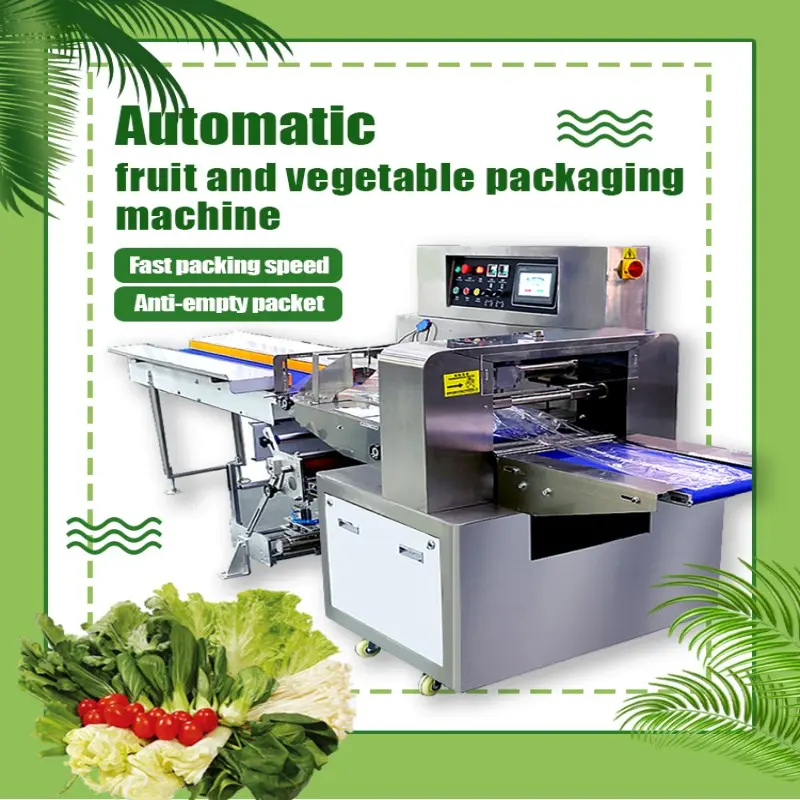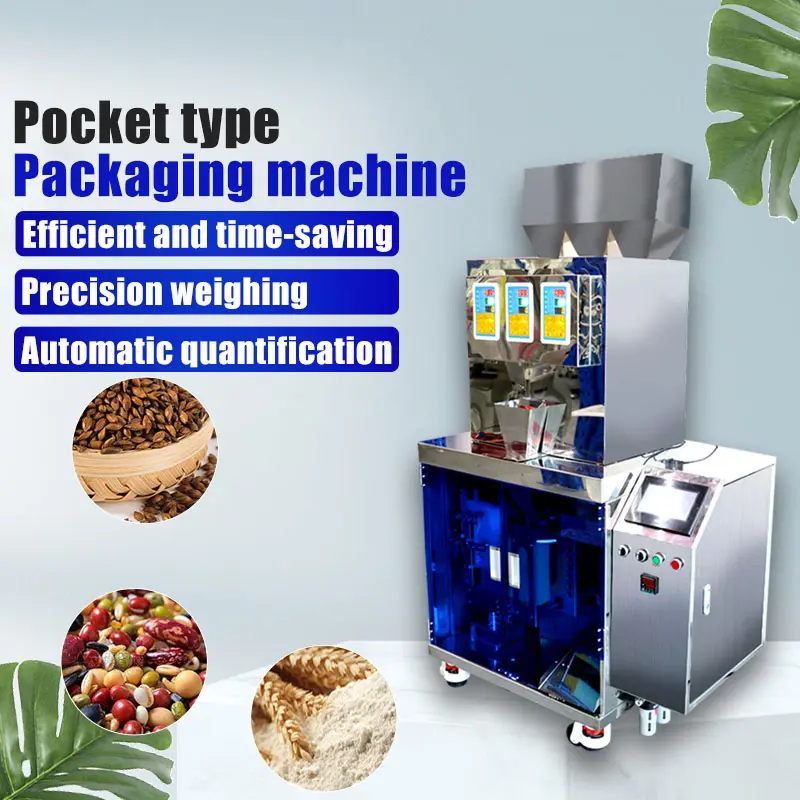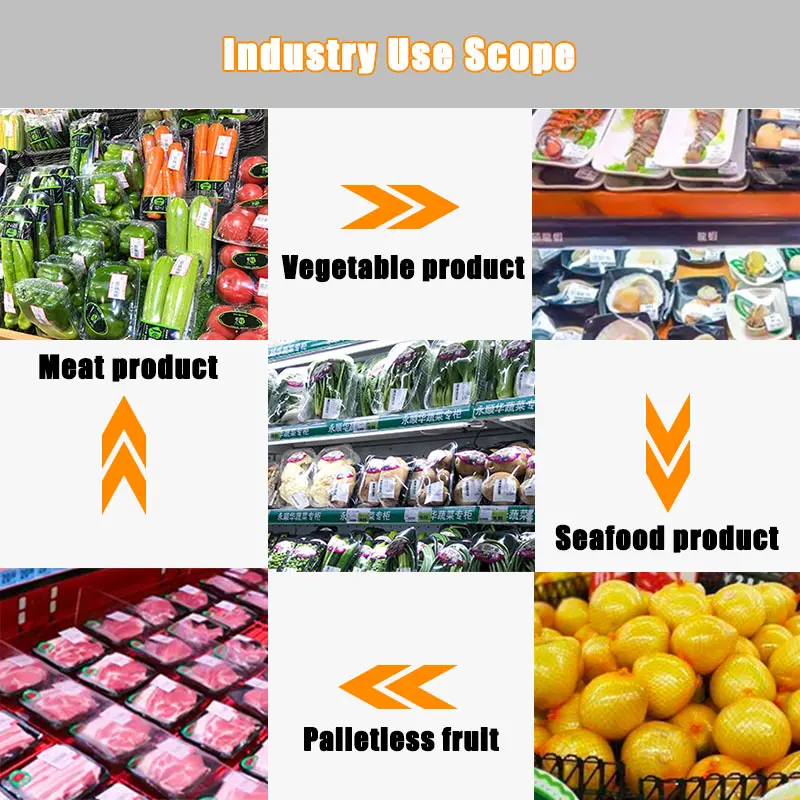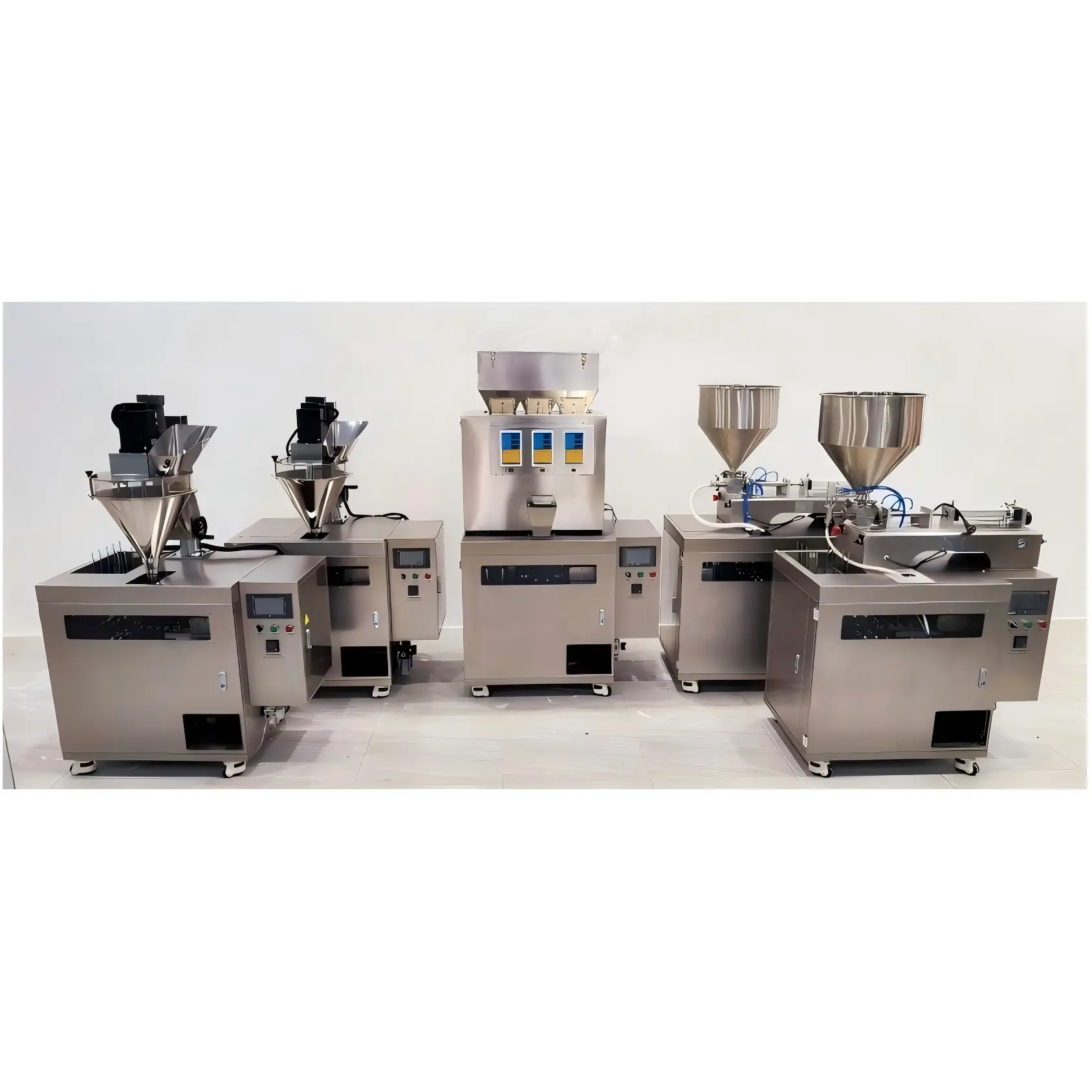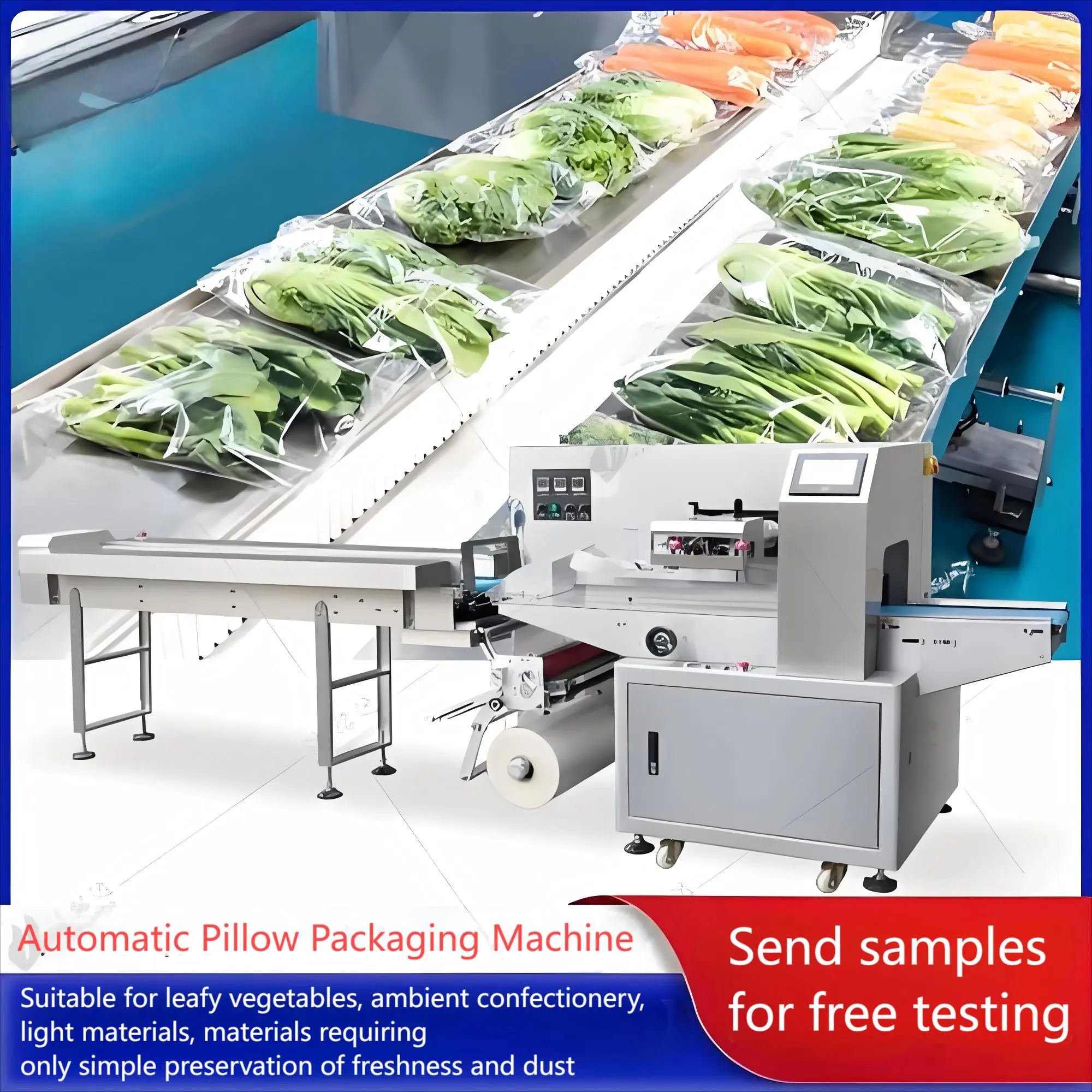Quantitative Packaging Machine Series (Liquid, Particle, Powder)
1. Working principle of quantitative packaging line
It mainly consists of filling section, weighing section and sealing section to ensure that the products are accurately filled and packaged according to the preset weight or quantity, which is described in detail below:
Filling section: responsible for transferring raw materials from one container to another, usually includes a pump that can precisely control the flow rate for accurate filling.
Weighing section: ensures that the weight of the filled product meets the preset requirements, usually equipped with a high-precision weight sensor that can monitor the weight of the product in real time and make adjustments as needed.
Sealing section: Ensures the integrity and sealing of the package, which typically involves sealing the packaging materials (e.g., plastic bags, aluminum foil, etc.) to prevent product leakage or contamination.
2. Applications of Quantitative Packaging Line
Widely used in food, chemical and pharmaceutical industries, it is suitable for precise filling and packaging of various products, such as filling food raw materials such as juice and sauce into glass bottles or plastic bags, or filling chemical raw materials or pharmaceuticals into containers for sale or transportation.
3. Advantages of BJLK
Precise dosing control is the core advantage of the production line. We use high-precision sensors and advanced control systems to ensure that each package meets the preset dosing requirements.
Our production lines are highly flexible and can be adapted to different product characteristics and packaging requirements. Whether it is a change in package shape, specification or material, the line can be quickly adapted to meet the diverse needs of customers. In addition, the line also supports multi-variety small batch production to adapt to market changes.
4. Buyer's Guide for Quantity Packaging Production Line
Clear production requirements
Material type: Determine whether the material to be packaged is solid, liquid or powder, as well as the physical properties of the material (such as fluidity, moisture absorption, etc.).
Packaging specifications: understand the required packaging specifications, including package size, weight and speed, etc., and consider production efficiency as well as budget and other factors.
Examine the brand and quality
Brand reputation: choose well-known brands and production lines with good reputation to ensure the quality of equipment and after-sales service.
Equipment quality: examine the material, manufacturing process and durability of the equipment, choose high quality and stable equipment to reduce the later maintenance cost.
Technical parameters and performance
Detailed understanding of packaging speed, precision, compatibility, etc., to reduce errors and waste. Ensure that the selected equipment can meet your production requirements and have good expandability to adapt to possible future business expansion.
Customer Service and Technical Support
Choose a supplier that provides comprehensive technical support and regular maintenance services to ensure that problems can be solved in a timely manner.
Cost and cost-effectiveness
Consider the purchase cost, operation cost, and maintenance cost of the production line to calculate the total cost of ownership (TCO). Select the most cost-effective products to maximize the return on investment.
